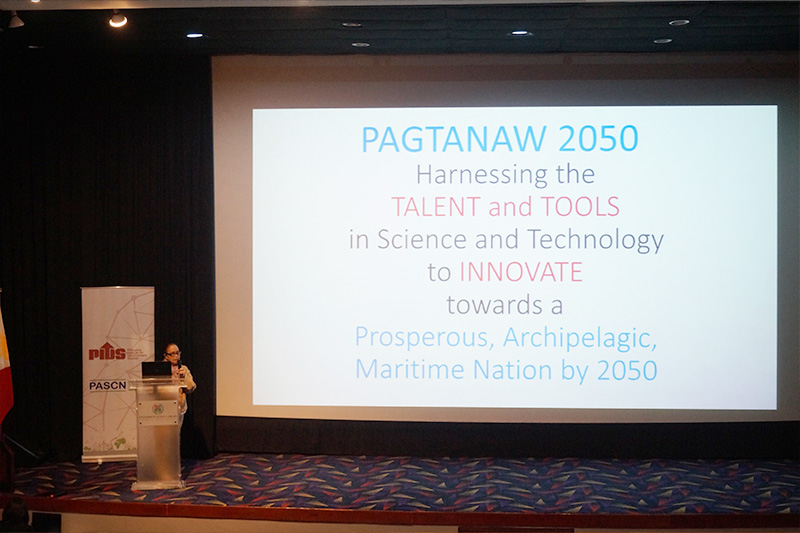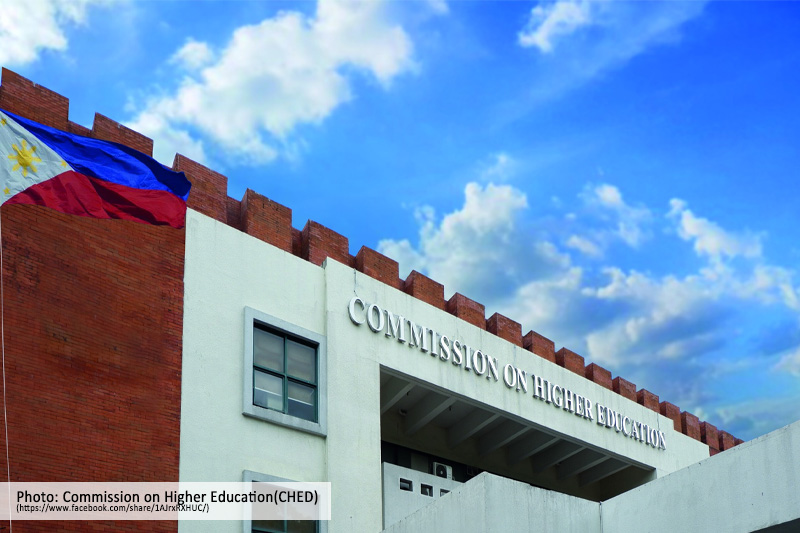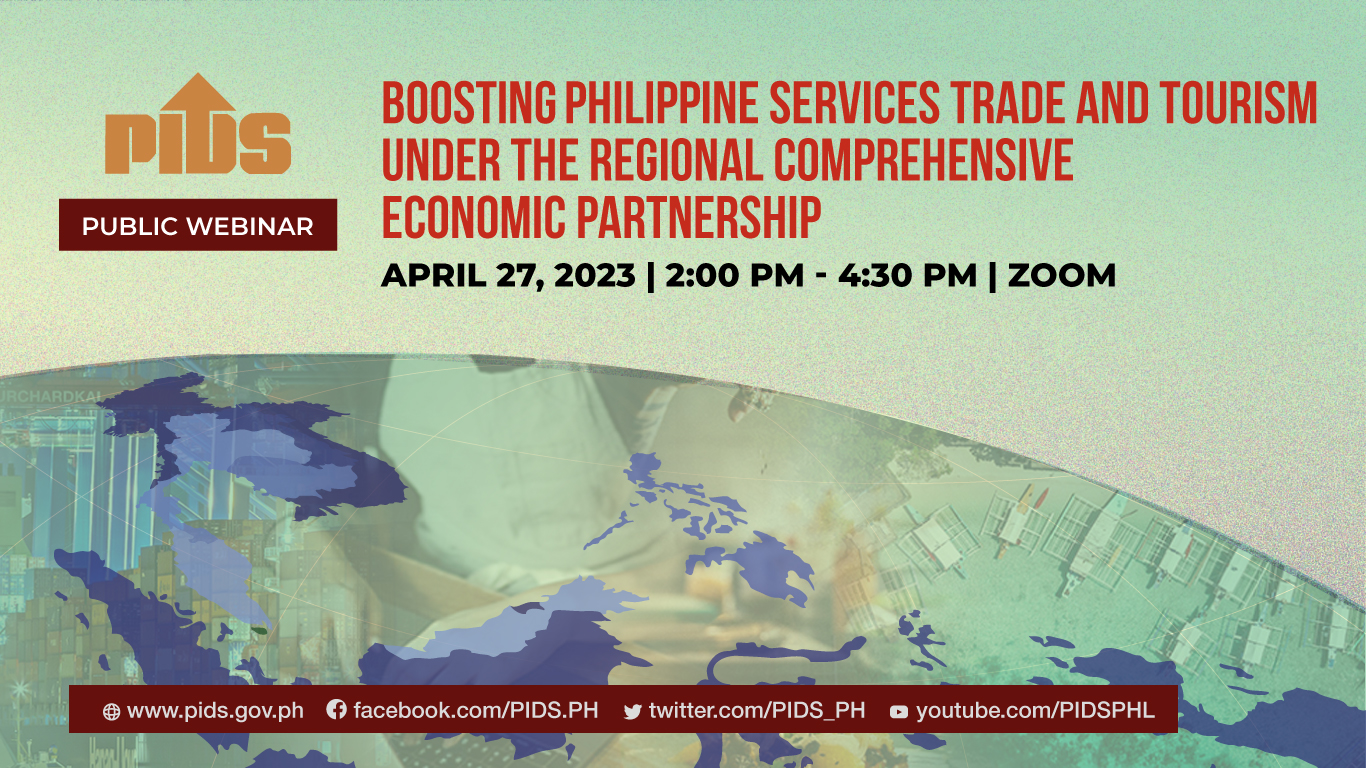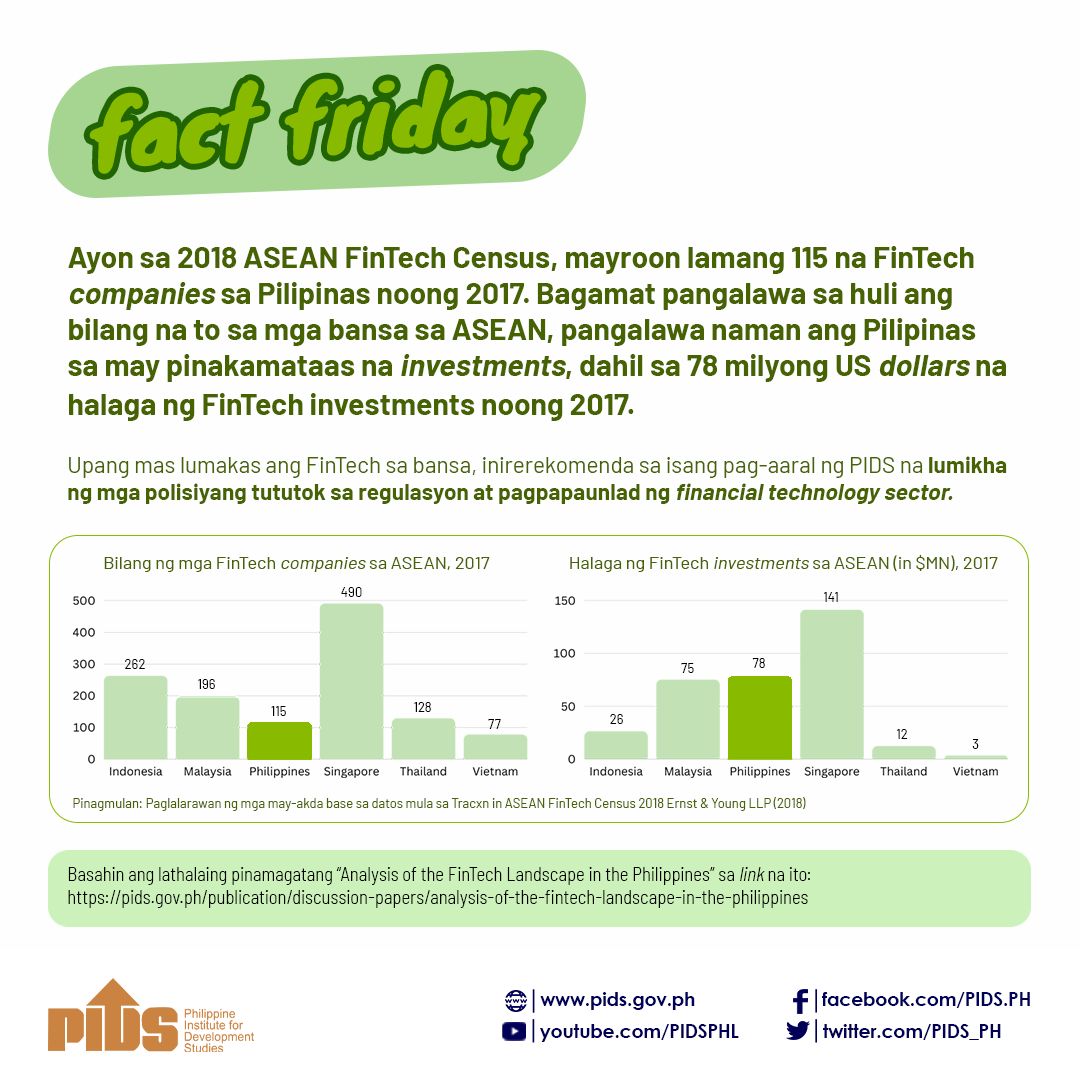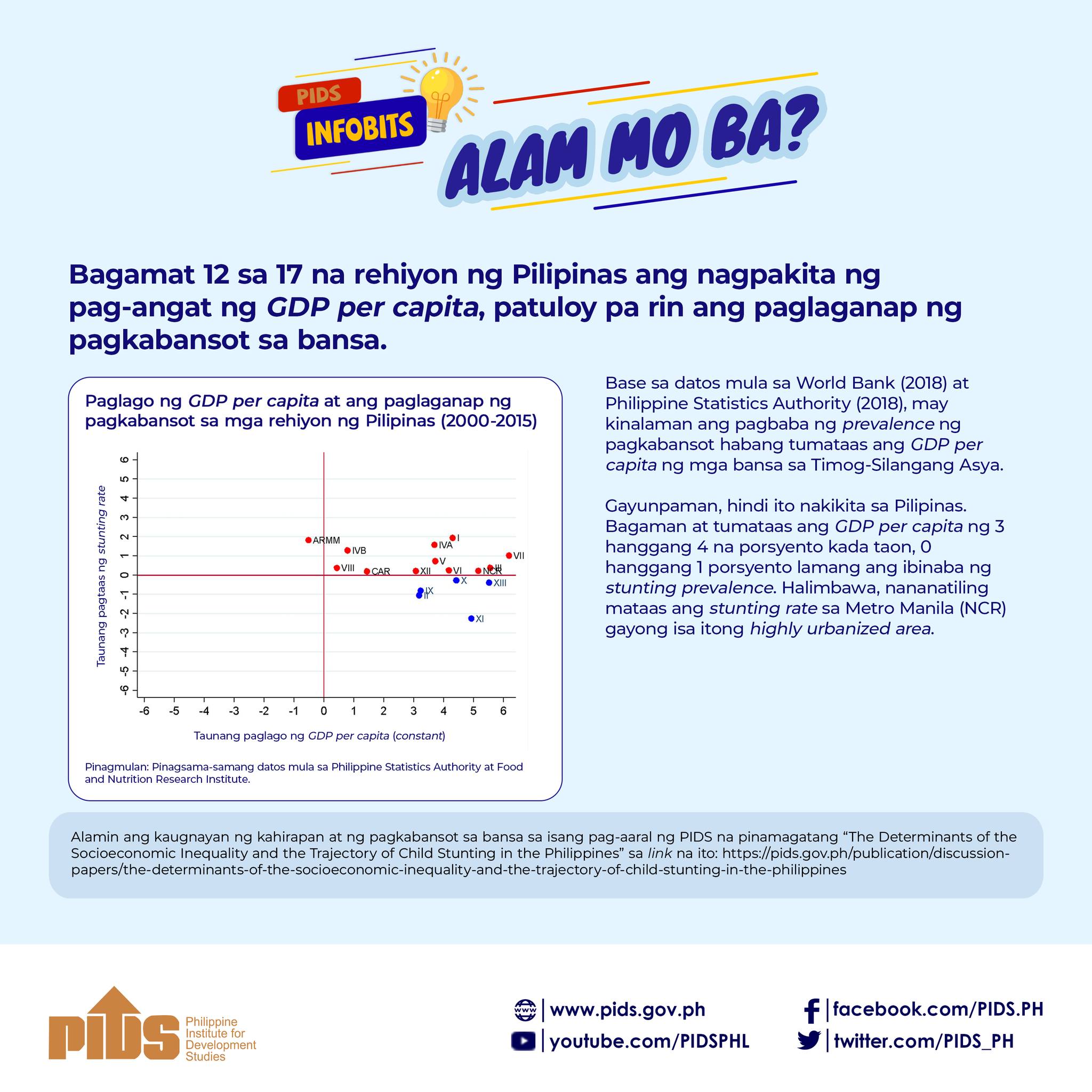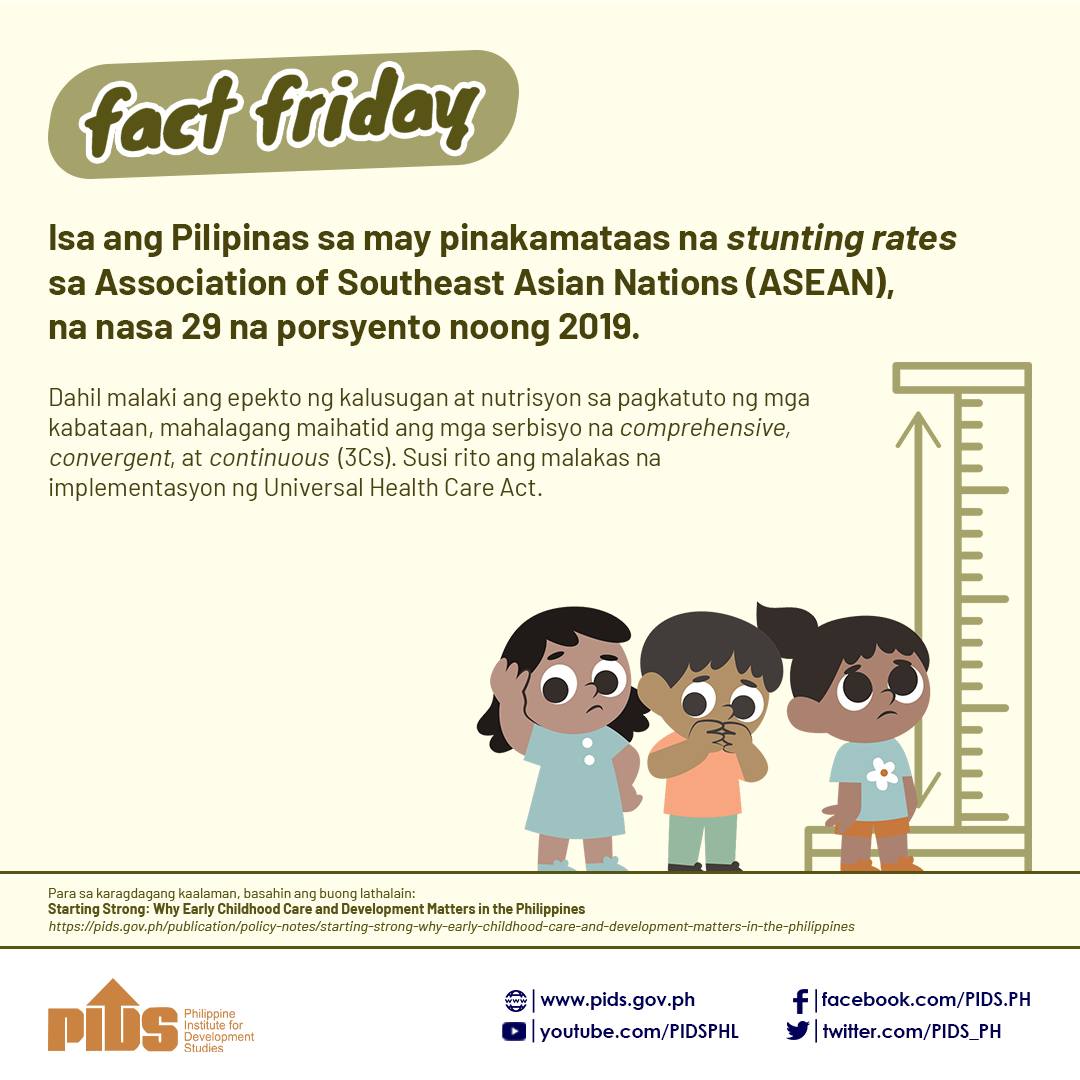Despite progress in automating operations at the Bureau of Customs (BoC), there is much room for improvement in the Philippines’ efforts to fully meet its commitments toward realizing the Association of Southeast Asian Nations (Asean) Economic Community (AEC), according to a government think tank.
"Overall, the Philippines has made some significant progress in complying with its commitments related to trade facilitation,” the Philippine Institute for Development Studies (PIDS) said in its latest discussion paper entitled "Furthering the Implementation of
AEC Blueprint Measures.”
The study, led by Dr. Gilberto Llanto, said "whilst some systems are already in place, the full automation of customs and related processes has yet to be achieved.”
On customs modernization, the PIDS noted "gaps in the implementation of inspection management, CBW (customs bonded warehouse) management, post clearance audit, AEO (Authorized Economic Operator) management and raw materials liquidation system.”
"The full implementation of these features, whether it be through the e2m (electronic-to-mobile) system or a different system, is necessary to attain full automation and integration to the NSW (National Single Window).”
BOC will soon be migrating from e2m to AsycudaWorld to manage transactions it handles. The shift has been somewhat delayed because the bureau had initially bid out its P650-million IT project, called the Integrated Electronic Customs Processing System, only to cancel it in favor of the United Nations-developed AsycudaWorld.
Asean member states are accelerating the modernization of customs techniques and procedures to enhance trade facilitation and expedite clearance of goods at customs.
Under the Asean Trade in Goods Agreement and the World Trade Organization Agreement on Trade Facilitation, the Philippines has committed to customs modernization, implementation of the NSW, and creation of the Philippine National Trade Repository.
The PIDS study noted that a number of Philippine customs processes have already been either automated or programmed for automation.
These include synchronizing the Harmonized Commodity Description and Coding System (HS) codes; tariff management; implementing a valuation system; manifest processing; goods declaration processing; risk management and selectivity; cargo release notification; appeals and arbitration; electronic payment system; and publishing customs rules.
Still in partial implementation, partly due to the lack of an IT system to support the automation, are inspection management, CBW management, post-clearance audit, AEO management, transit cargo tracking system, raw materials liquidation system, and customs integration initiatives.//




